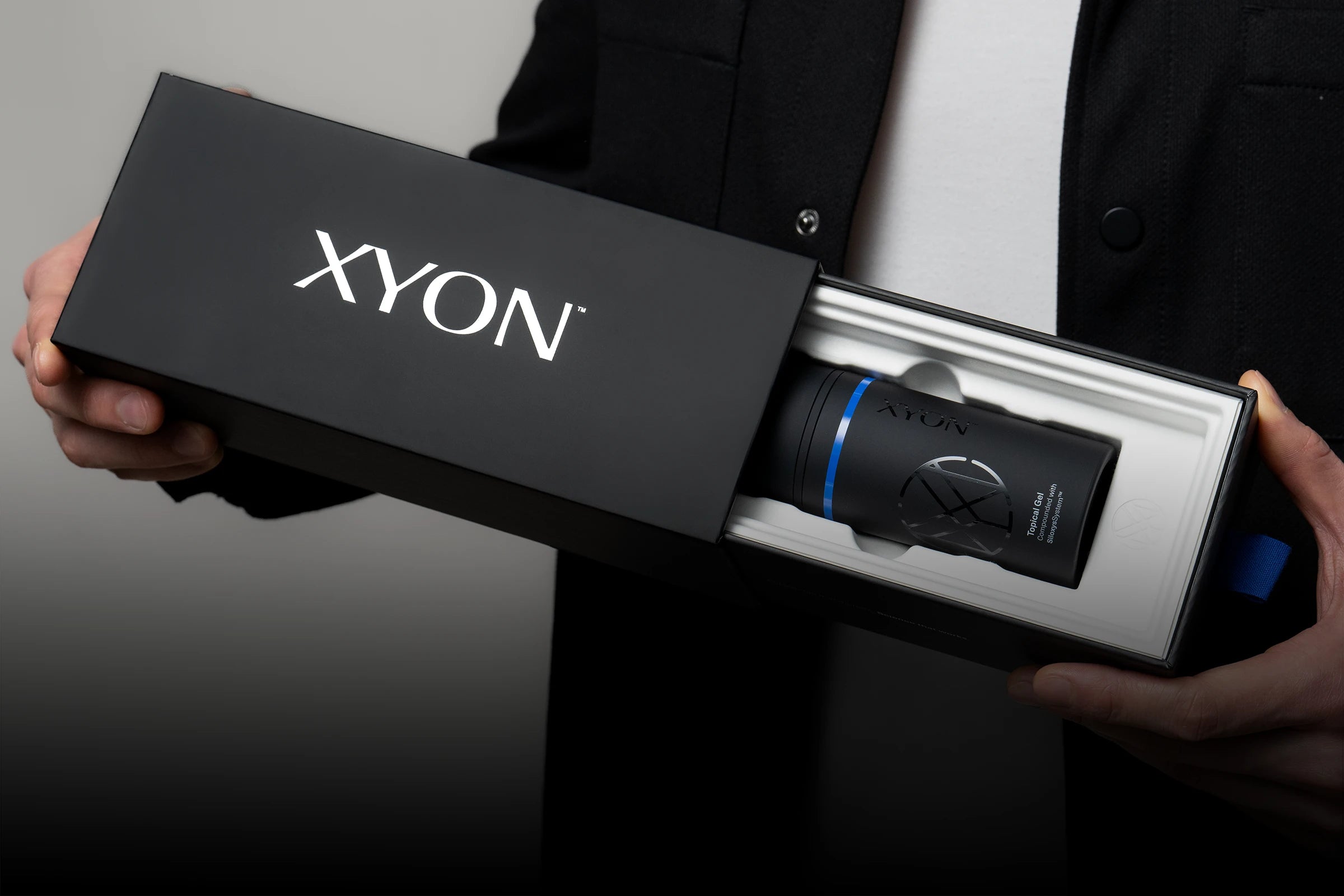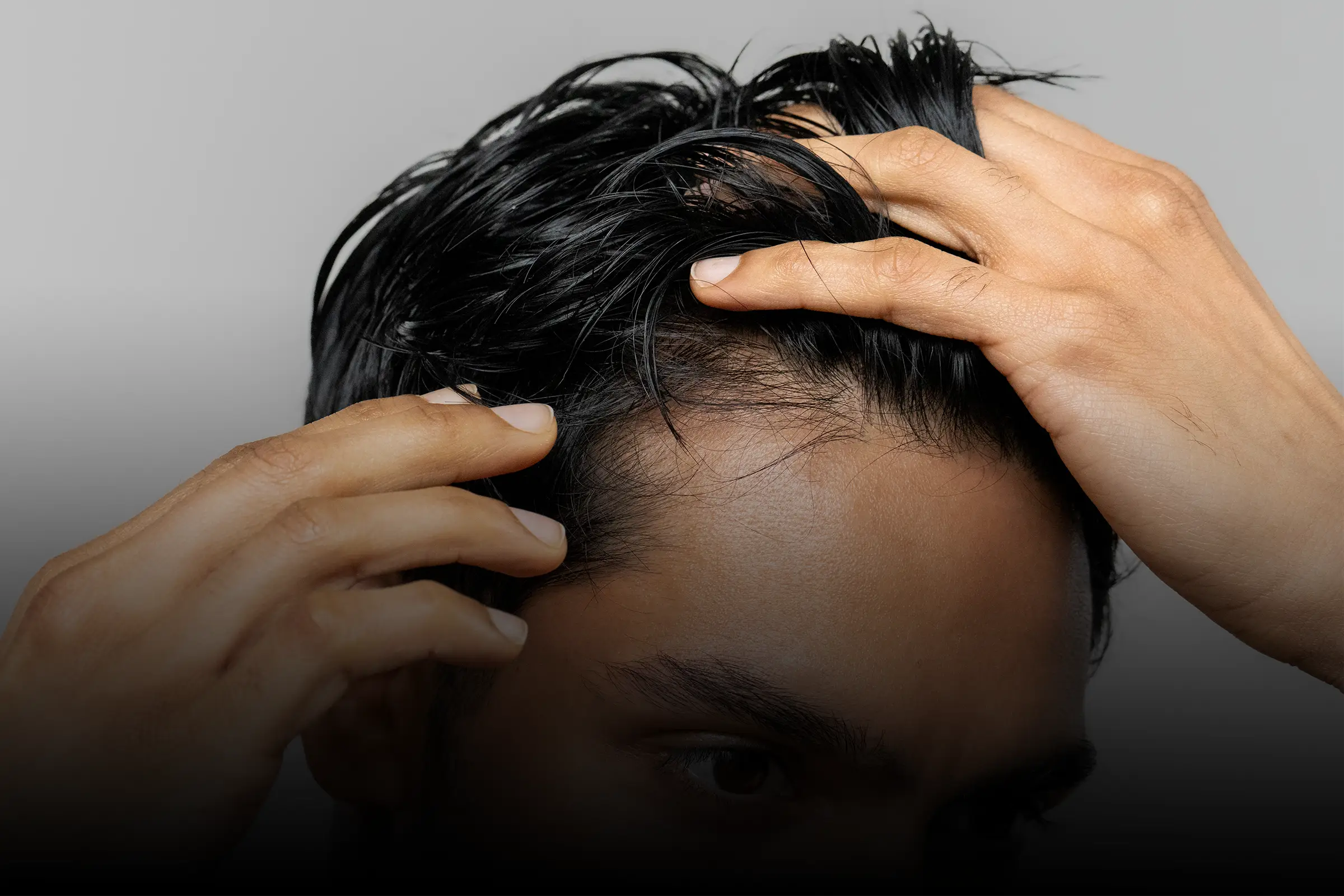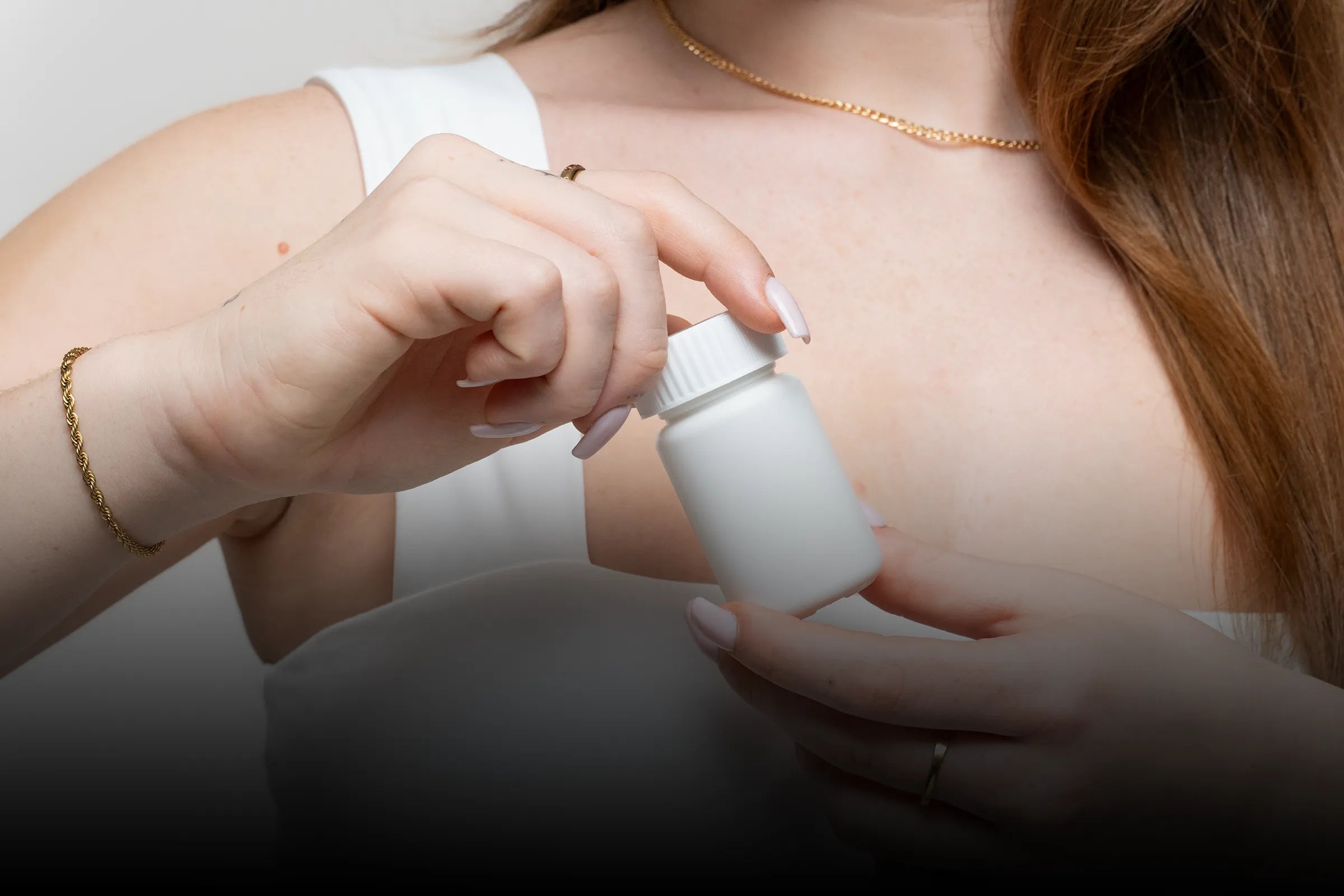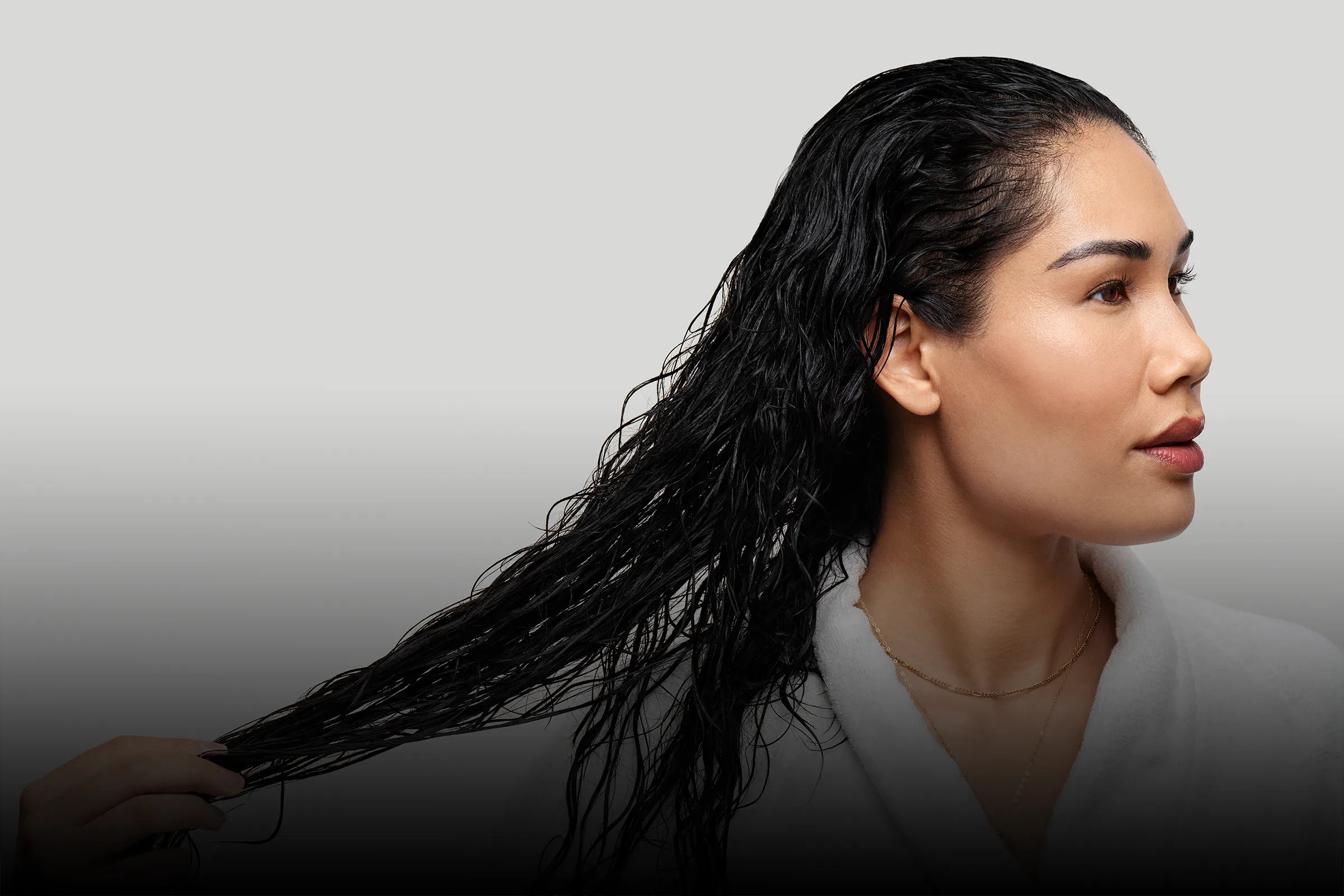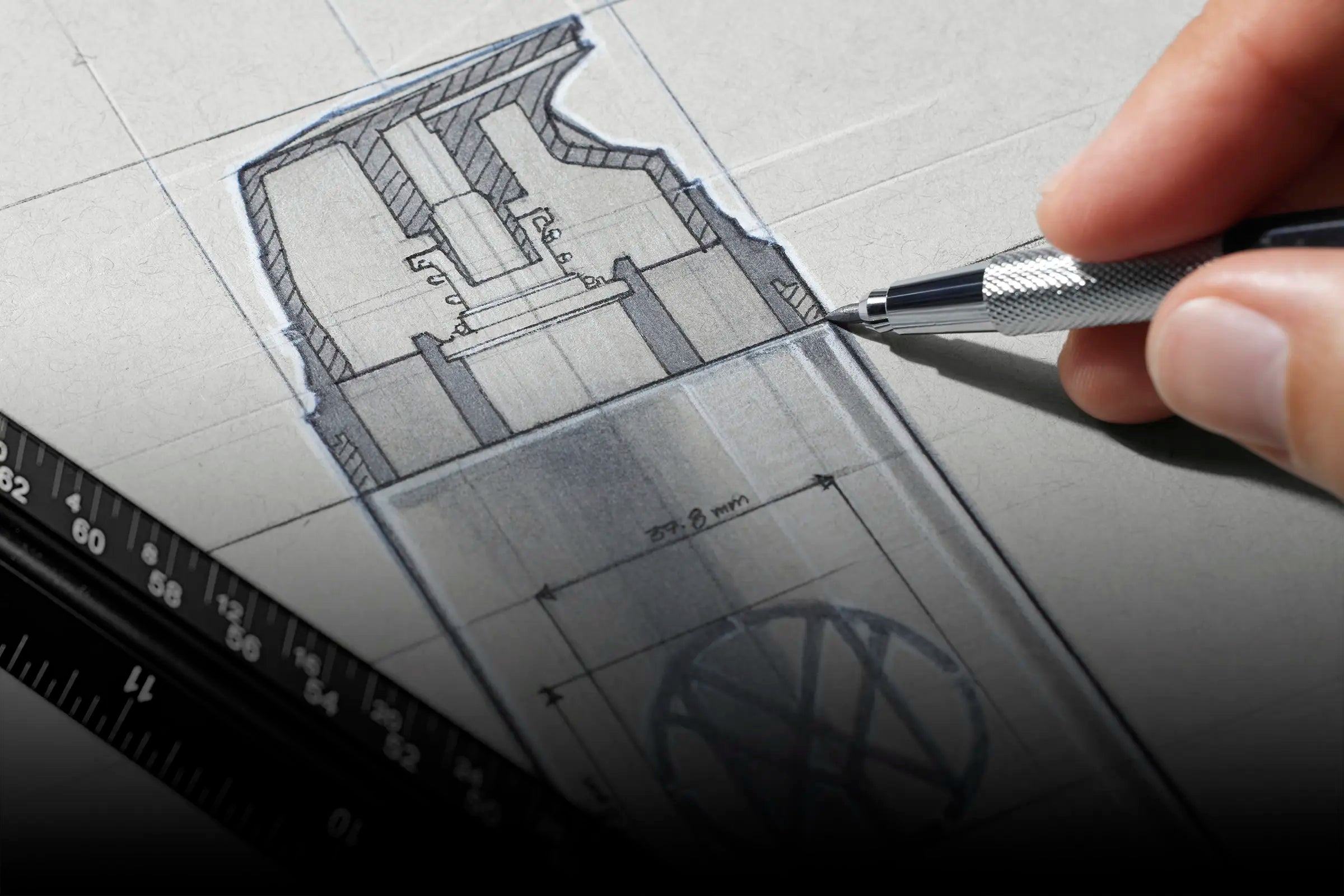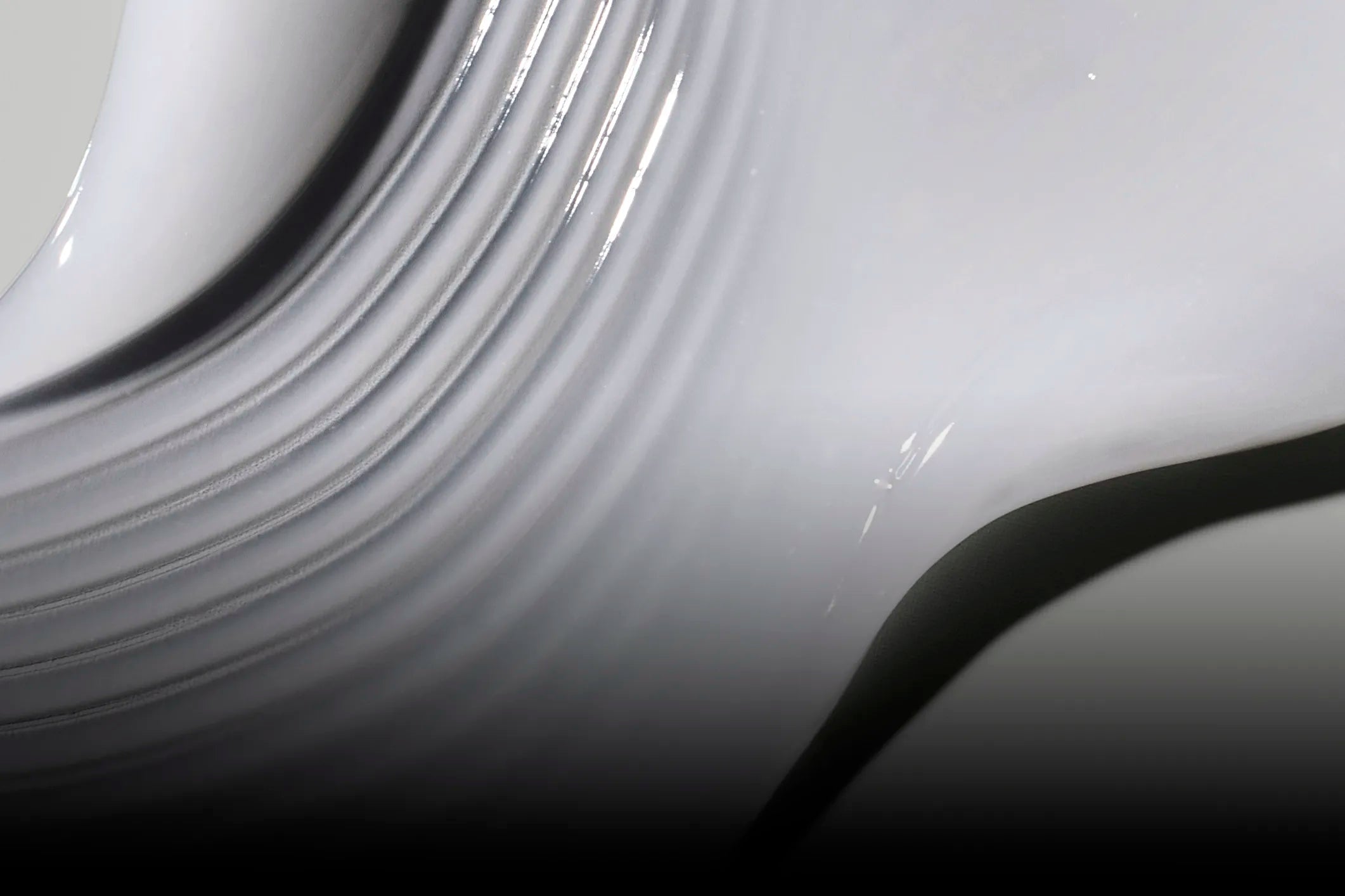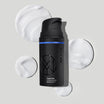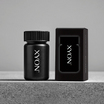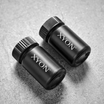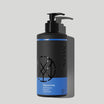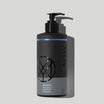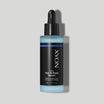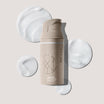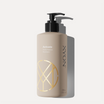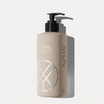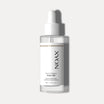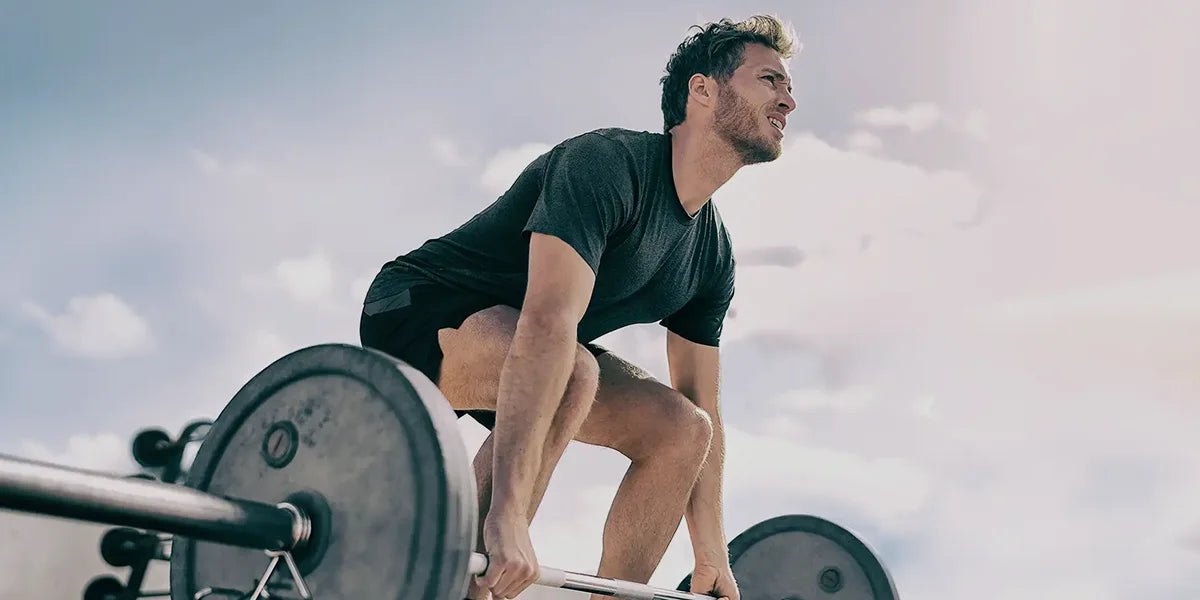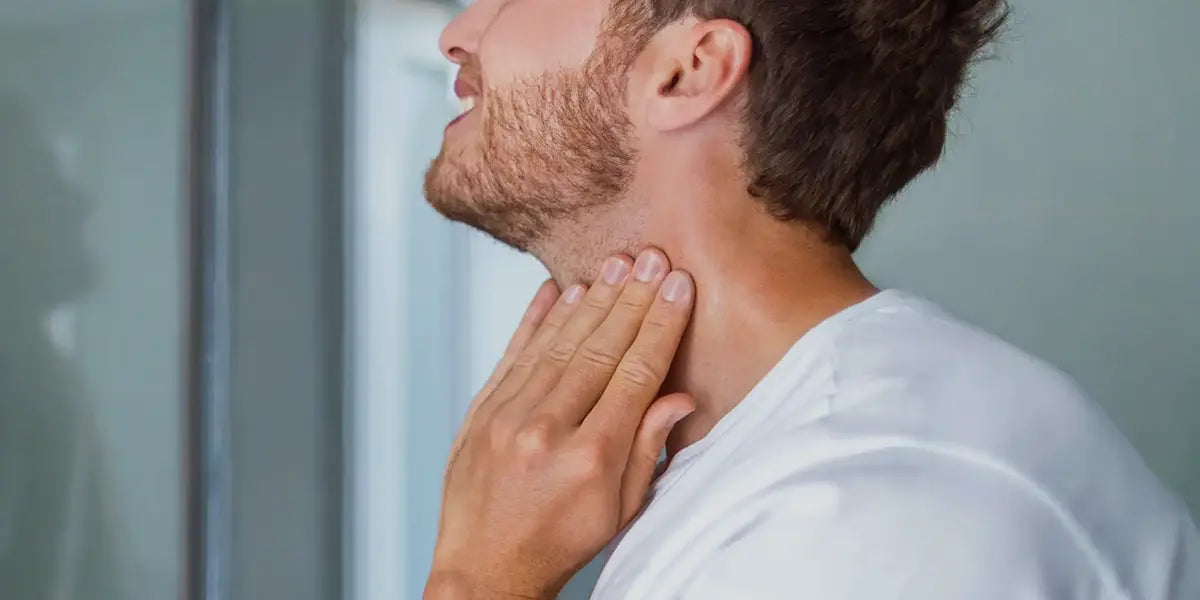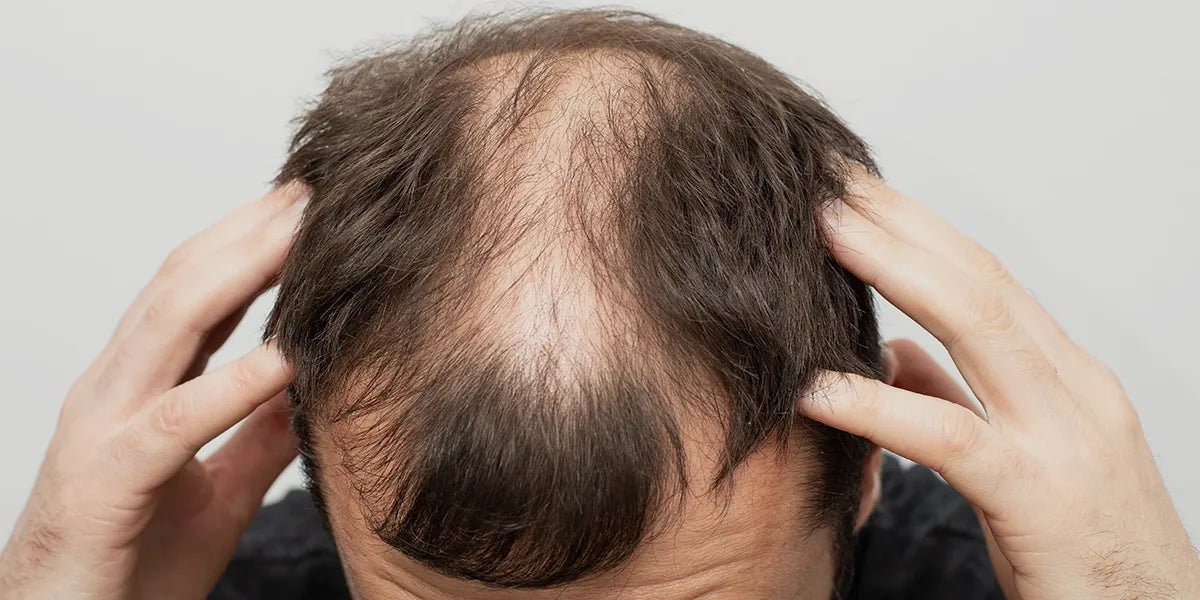Regular exercise is essential to maintaining optimal health. But does working out also cause hair loss? Fortunately, current research suggests that in most cases, the answer is no. In this article, we cover what happens to the body during exercise, whether these changes have an effect on hair and what role pre and post-workout nutrition might play.
What happens to the body during exercise?
During exercise, the body produces more testosterone and the stress hormone cortisol. Reactive oxygen species (ROS), which are metabolic byproducts, also increase in concentration. Let’s look at why.
To meet the body’s increased energy demands during physical activity, the body produces more cortisol. Cortisol helps break down proteins, sugars and fats and also regulates metabolism. Similarly, more testosterone is secreted to help break down carbohydrates and build muscle (Sato et al., 2015). ROS are produced as these energy sources are used up.
Specifically, cortisol levels increase in proportion to the type and intensity of exercise (Corazza et al., 2013). There are factors like age that can affect what peak concentrations of these molecules are. However, the key thing to remember is that these quickly return to baseline (normal) levels after a workout.
XYON makes it easy to connect with a hair loss expert to help you get started on your hair regrowth journey.
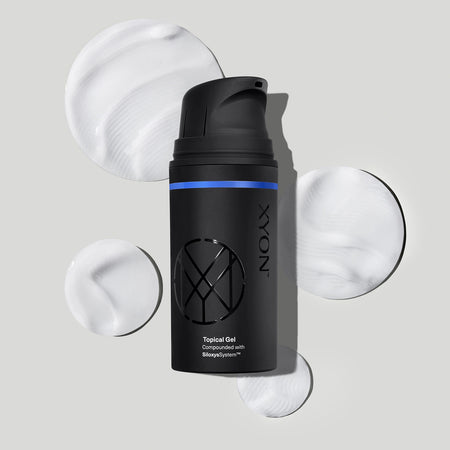

Stopping exercise will not affect your hair loss. Starting finasteride will.
Does exercise cause hair loss?
Yes and no. We have to look at the type of hair loss. Exercise-related changes in cortisol and ROS concentrations are typically short-lived and occur at levels that can be managed by the body. While it’s true that cortisol and ROS can have detrimental effects on hair quality, these effects are typically associated with long term, continuous exposure.
If you’ve suddenly increased your training and are noticing hair loss, this could be the body’s response to higher than normal levels of physical and biochemical stress. This stress-related shedding should not be confused with male pattern hair loss. Instead, you might be experiencing telogen effluvium.
Long-term elevations of cortisol and ROS can cause the breakdown of proteins and other building blocks of hair and skin (Thom, 2016 and Trüeb, 2015). They can also disrupt the hair growth cycle itself. Rapidly growing cells are especially sensitive to these kinds of chemical changes, which can result in brittle and weak hairs that fall out prematurely.
In the case of testosterone, hormone levels usually peak several minutes into exercise and return to normal within 1-2 hours. Clinically, this type of testosterone spike does not have a significant effect on the development of a progressive hair loss disorder such as male pattern hair loss.
Myth busted
It’s a myth that testosterone causes hair loss. The responsible hormone is actually dihydrotestosterone (DHT), which is formed from testosterone by the 5-alpha reductase enzyme. When DHT attaches to receptors on hair follicle cells, the hair follicles start to shrink via a process called follicular miniaturization.
How quickly and how much testosterone is converted into DHT is influenced by genetics (Ellis et al., 2005). This means that short-lived, post-workout increases in testosterone have very little impact on androgenetic hair loss.
Lastly, regular workouts should be paired with regular shampooing. Oil, sweat, bacteria and skin buildup on the scalp can cause it to become irritated and inflamed over time and potentially promote the development of skin conditions like dandruff. The effects are not immediate, but prolonged inflammation can also be detrimental to hair growth.
Can pre-workout cause hair loss?
Athletes turn to nutritional supplements to boost performance and recovery. But you may be wondering whether key ingredients in these supplements cause hair loss. The answer is probably not. Here’s why:
Pre-workout formulations can vary, but often contain a combination of these ingredients: caffeine, creatine, BCAAs (branched amino acids) and a nitric oxide precursor (Harty et al., 2018). They serve different purposes, from providing energy and increasing metabolism to building muscle and aiding blood flow.
One study has linked creatine use to elevated DHT levels (van der Merwe et al., 2009). But you should be aware that the findings did not directly link creatine and hair loss. Additionally, the study involved giving participants loading doses of the supplement, which exposed them to much higher concentrations of creatine than what is normally ingested.
Remember, that just because DHT levels increase, it does not mean that hair growth is affected. As discussed above, your genetics affect how the body responds to hormones and changes in hormone levels. Also, there is some evidence to suggest that common pre-workout ingredients like caffeine might actually be beneficial to hair growth (Völker et al., 2020).
If you’re following a balanced diet that meets the demands of your training and the recommended dosing of the supplement(s) of your choice, you probably don’t need to worry about any negative effects on hair. In some cases, dietary changes or nutritional deficiencies can trigger temporary shedding. If this is a concern for you, we recommend speaking to a healthcare professional.
Working out and hair loss: Takeaway
You can continue to workout without worrying too much about how it might impact your hair. While physical activity can trigger an increase in testosterone, this is temporary and is unlikely to have a significant impact on male pattern hair loss.
That being said, there are other types of hair loss. If you do experience shedding associated with exercise, you could be experiencing telogen effluvium, or short-term hair loss triggered by stress. Examples include a sudden increase in training intensity and/or duration, or changes to diet or the presence of nutritional deficiencies. If this sounds like you, you may want to consult with a healthcare professional to ensure that any underlying health issues are ruled out.
